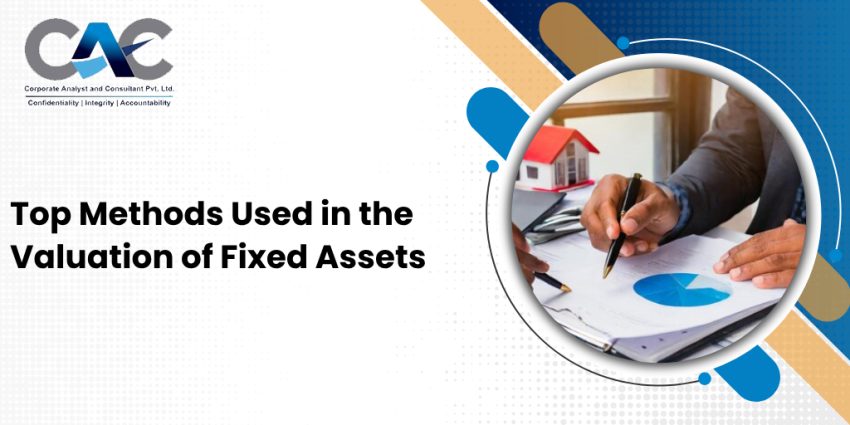Fixed assets are the platforms of any business which include land, buildings, machinery, and equipment. They are significant in daily activities and long-term development. To manage them efficiently, businesses commonly depend on their fixed assets valuation. This process guarantees that companies are aware of the real value of their assets in matters touching financial reporting, insurance, tax, and decisions. There are different approaches employed to come up with the correct valuation based on the nature of the asset and what the valuation is going to be used.
Cost Method
Cost method is the main method of valuation of fixed assets where price is provided. Under this method, the value of assets is associated with the purchasing price with addition of the expenses of transportation, installation and taxes. A schedule is used to depreciate assets over time till they reach the current value. This is very basic, so it is quite a common method of financial reporting. But that is not necessarily the correct valuation in the market, especially in cases where assets have been highly appreciated or depreciated.
Market Value Method
The market value method ascertains the value of assets by comparing that asset to other assets that are within the market. An example is that the price of land/org. buildings is usually determined as to what was sold, recently in the area, of a comparable nature. This approach will give realistic value to the assets presently available. The market value method proves to be useful, especially regarding assets that have active resale purchasing and selling. It provides the stakeholders with a better understanding of how much the assets would sell out at the current moment.
Income Method
Income method values an asset with respect to the income that they will generate in future. Such an option is frequently used for such assets as leased properties, specialized machinery, or other revenue-generating resources. The revenue is estimated, and it is discounted to the present value. This method is more applicable in the valuation of fixed assets, especially when the enterprise involves use of assets to generate stable cash flows. It associates the value of the asset with its contribution to the future profits.
Replacement Cost Method
The other commonly employed method is the replacement cost method. This entails calculating the cost of an existing asset and a new asset of equal utility. It is a common way in terms of valuing machinery equipment or even the entire building. The replacement cost method in the valuation of the fixed assets is useful in insurance claims or business restructuring since the method considers the cost involved in restoring assets that have either been damaged or lost.
Depreciated Replacement Cost Method
The depreciated replacement cost method is closely related to the replacement cost method, but in that case, wear and tear of the asset, age, and the useful life it has left is taken into consideration. This process gives a more correct estimation of old assets that have been in operation for a number of years. Businesses tend to use it on assets that lack a direct measure of comparison on the market. This technique is a dependable option in the valuation of fixed assets, especially machinery or infrastructure that is specific in nature.
Revaluation Method
The revaluation method is one in which the operation of valuing the assets is periodically reassessed, especially when market conditions or asset usage significantly varies. Companies would adopt this option to have their financial statements at the most current number. In the context of larger valuation of the fixed assets, revaluation assists in accuracy in reporting and develops confidence in the investor and other stakeholders by the nature of reported asset values.
Also Read: Mastering Fixed Asset Valuation Methods
















